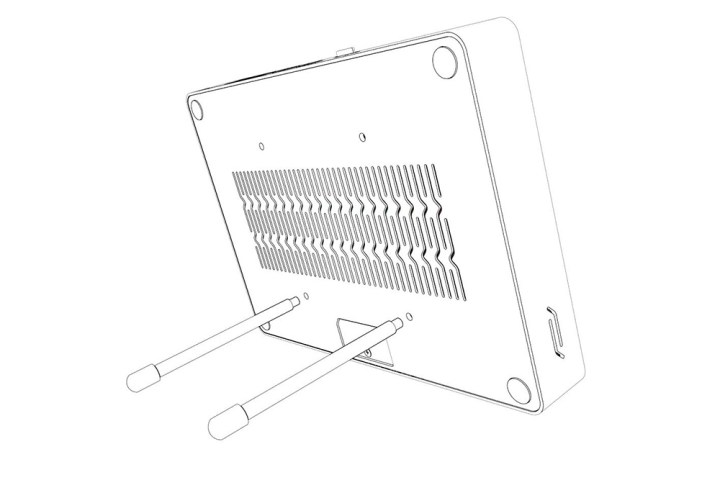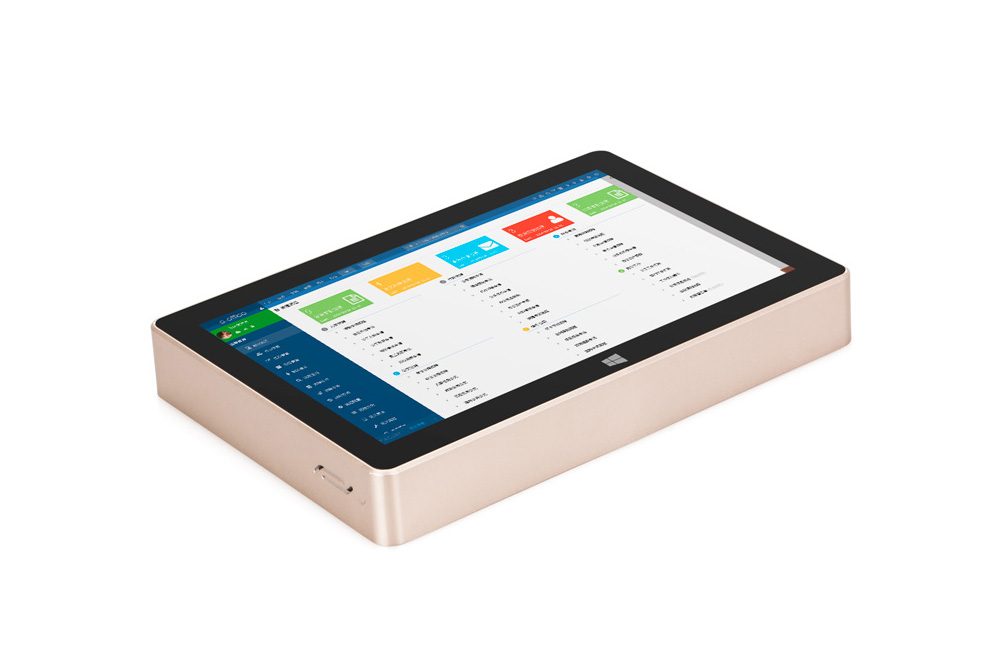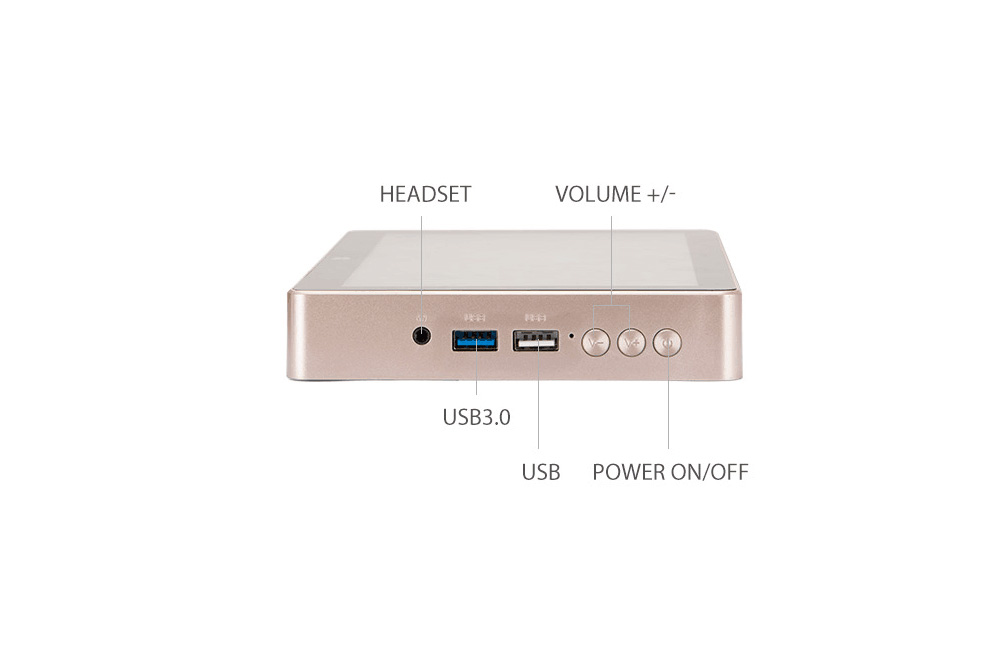
Sometimes a new machine is introduced that you wouldn’t have imagined, and it’s often more successful than you might have guessed. One such machine was the Gole1 mini PC with an eight-inch screen, which now has a successor in the Gole1 Plus, as Mini PC DB reports.
The Gole1 Plus is much like its predecessor in that it’s a PC stuffed into a mini-PC chassis, which isn’t so unusual. But, it also has an eight-inch 1280 x 800 display pasted to the front that supports eight points of touch. Toss in a speaker, and you essentially have a combination of a typical mini PC with low specs and a really thick tablet.
The machine is decidedly entry-level in terms of components. It’s centered around an Intel Cherry Trail Z8350 quad-core CPU with Intel HD graphics, and packs 4GB DDR3 RAM and up to 128GB NAND storage. Connectivity options include two USB 2.0 ports and one USB 3.0 port. Wi-Fi duties are provided by a dual-band 802.11ac radio with an internal antenna.
The Gole1 Plus has a 5000-mAh battery to keep it powered while in chunky tablet mode, and two poles can be screwed into the back to prop it up for watching movies. While the Gole1 could be purchased with Linux installed, the Gole1 Plus is Windows 10 64-bit only.
It’s likely that the Gole1 Plus mini PC is something you’ll either really want or need, or something that you’ll marvel at as an example of the breadth of the Windows PC ecosystem before you move on to something a little more typical. If you’re one of those interested in a mini PC that can do dual duty as a tablet, then expect to pay around $200 for the privilege.
Editors' Recommendations
- PC gamers — Windows 7, 8, and 8.1 are officially dead
- The Dell XPS 13 2-in-1 is now on sale, with the first Intel Ice Lake chip in tow





